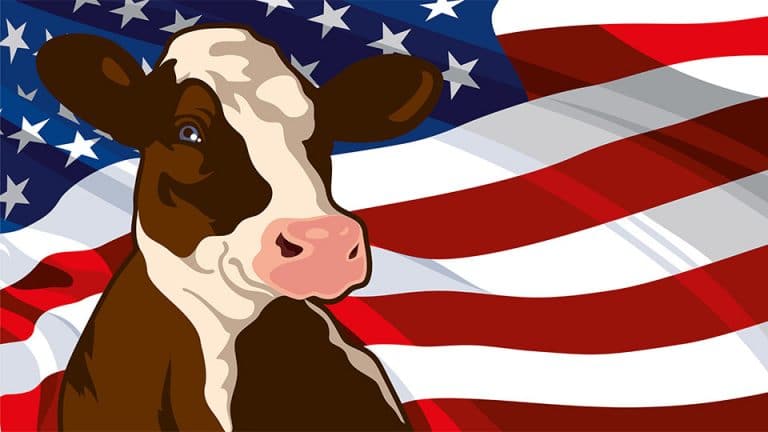The U.S. Department of Agriculture (USDA) reported on Friday that bird flu virus particles were found in tissue samples taken from one dairy cow sent to slaughter at a U.S. meat processing plant. However, no virus particles were detected in samples from 95 other cattle.
As a precautionary measure, the meat from these animals was prevented from entering the nation’s food supply, according to USDA officials. The detection of the virus in the dairy cow comes amid an ongoing outbreak of bird flu in dairy cattle, with two U.S. dairy workers also testing positive for the virus since late March.
The infected dairy cow was identified during a routine post-mortem inspection, highlighting the importance of such inspections in ensuring food safety. USDA’s actions in preventing the contaminated meat from entering the food supply are seen as a testament to the effectiveness of the food safety system in place.
USDA has been conducting extensive testing of meat and dairy products as well as livestock in response to the bird flu outbreak. The agency collected tissue samples from condemned dairy cattle at slaughter facilities and analyzed them using PCR testing. While this testing does not differentiate between live virus or fragments, it helps in identifying potential contamination.
The recent findings come at the beginning of peak grilling season in the U.S., around the Memorial Day weekend. USDA’s testing efforts have so far been focused on ensuring the safety of beef and dairy products, with the agency confirming bird flu in 58 dairy herds across nine states.
Despite the detection of virus particles in the dairy cow, USDA reiterated that no viral particles were found in samples of ground beef collected at retail stores. Additionally, no bird flu virus was detected after cooking ground beef to medium to well done, even after it was injected with a virus surrogate as part of an experiment.
The USDA’s efforts to monitor and prevent the spread of bird flu in livestock underscore the importance of ongoing vigilance and testing to protect the food supply and public health.








